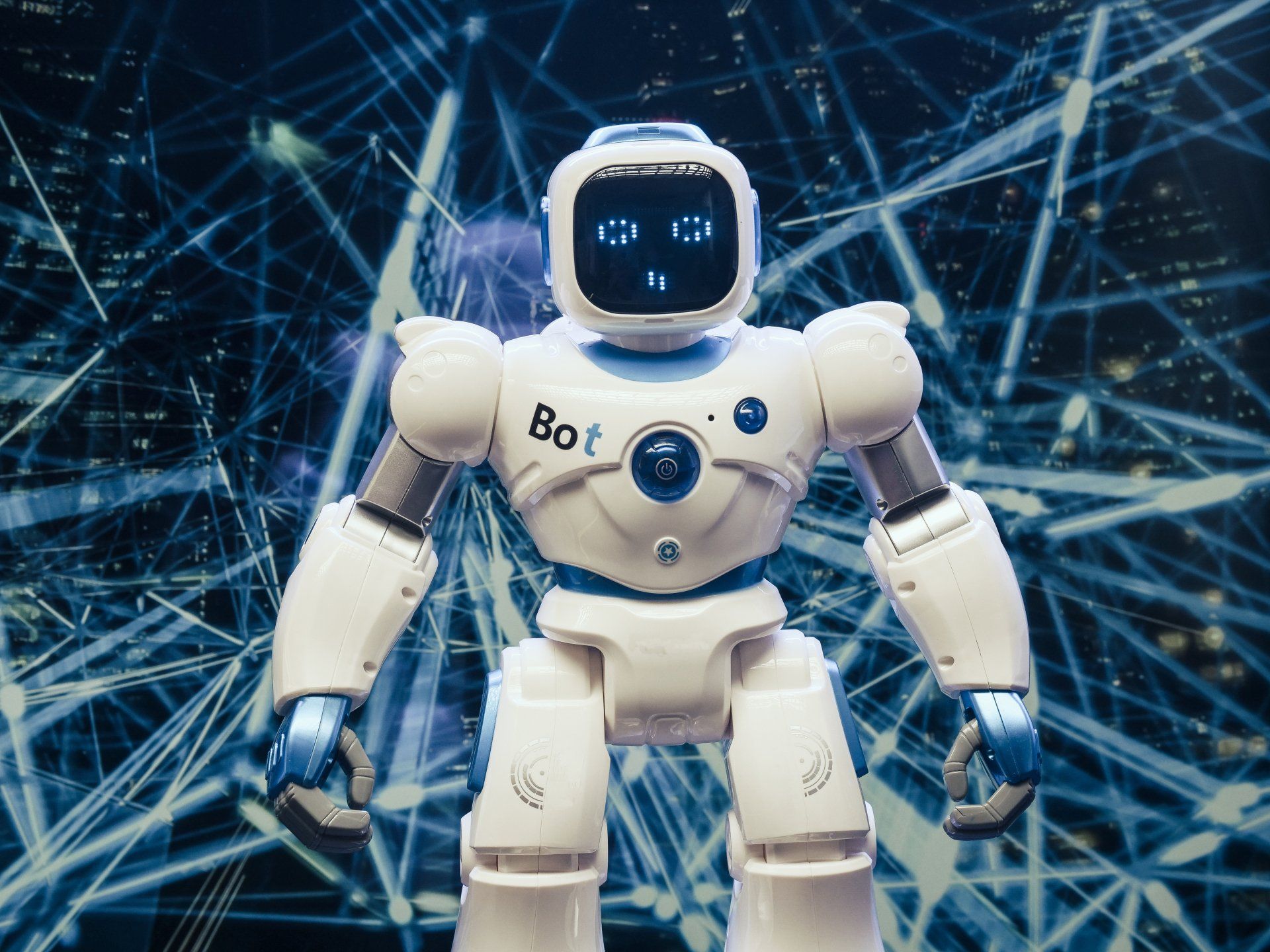Latest News

If you own or run a business, chances are you’ve seen more about artificial intelligence (AI) and machine learning (ML) over the past few years. But you might still be wondering what exactly these definitions cover. And beyond that, it’s probably still not clear to most business owners and managers exactly how AI and ML can be used to build better, more resilient, and efficient businesses.
The rest of this article is devoted to answering those questions, and giving you a primer on the upside for AI and ML applications for medium sized businesses, and also about the risks that need to be accounted for.
What is AI / ML?
- Artificial Intelligence (AI): AI is the capability of computer software to replicate the thinking styles and patterns of humans. This includes things like problem solving and learning. The computer software does this using math and logic-based methods to approximate the ways that humans think in order to solve a given problem.
- Machine Learning (ML): ML is a way that AI is applied in the real world. It is the procedure of setting up a computing system to take data (often a lot if it) and apply it to models to solve problems. This means that the ML application can go about its business without the need for direct human instruction. It also means that the ML application can continue to test different solutions (experiment) and improve (learn) on its own.
How is AI / ML being used to transform business?
It helps to take a lesson from recent history to grasp the scale of applications for AI and ML. When the internet first came into mainstream use the endless number of possible use cases was not well understood. But email, streaming (audio and video) and payments are just three areas where internet-based applications have reduced costs, increased speed and reduced the need for manual handling by humans. The result has been more efficient businesses, along with entirely new business models and tools.
For businesses, Xero, Zoom, Microsoft Office, Slack, PayPal and Afterpay are just a few familiar examples of these web-based applications.
The process of innovation and evolution of business tools is likely to be replicated by AI and ML.
Some areas of new opportunities that can apply across multiple industries include:
- Image and video processing: including applications that allow software to identify objects (e.g. hazards on a worksite) and actions (safe and unsafe driving in a warehouse) and notify the right people to reduce injuries and insurance bills.
- Recommendation services: including applications that track the ‘most used’ in house software and programs by high performing employees that then suggest these programs to other users to help save them time and effort.
- Sentiment and mood monitoring: including applications that take large volumes of text and video (for example, customer reviews and social media conversations) and analyse them on a regular basis to provide businesses with real-time intelligence about how their brand and products (and those of their competitors) are being rated in the market.
- Prediction tools and analytics: including applications that allow businesses to anticipate spikes and lulls in demand and adjust their staffing and inventory levels accordingly (e.g. food ordering and rostered shifts for restaurants).
What are the main threats for AI / ML applications?
Just like an internet-based application, an AI / ML application can be vulnerable to threats if not secured correctly. There are some best practices to follow to increase the level of security and trust around any AI and ML applications you may use or create.
First, high quality ‘data hygiene’ is required. In practice, this means that only the data that is absolutely necessary to create AI and ML applications should be collected and stored. That data should be destroyed once the practical application of it ends.
Second, strong data sets should be used. Just like cooking, quality ingredients lead to better results. The better the inputs (‘ingredients’) being fed into AI / ML models, the better the end results will be. This practice can help avoid any negative consequences that might occur when AI applications ‘go rogue’ and deliver unintended results as a consequence of low quality data being used to train them.
Third, integrity is paramount. In practice, this is about trust. Users should be made aware of when their user data is being accessed, whether AI is being used and be able to give or withhold informed consent about that use of their data.
How can I secure my AI / ML applications?
If you have AI / ML tools in place (or are thinking about adopting them) and are unsure of the level of security around these tools then contact us at any time.
CyberUnlocked are leaders in the space and work to put in place best practice data security processes to protect your business and reputation by analysing your needs and preparing an individualised plan that fits those needs.
More CyberUnlocked Blogs




